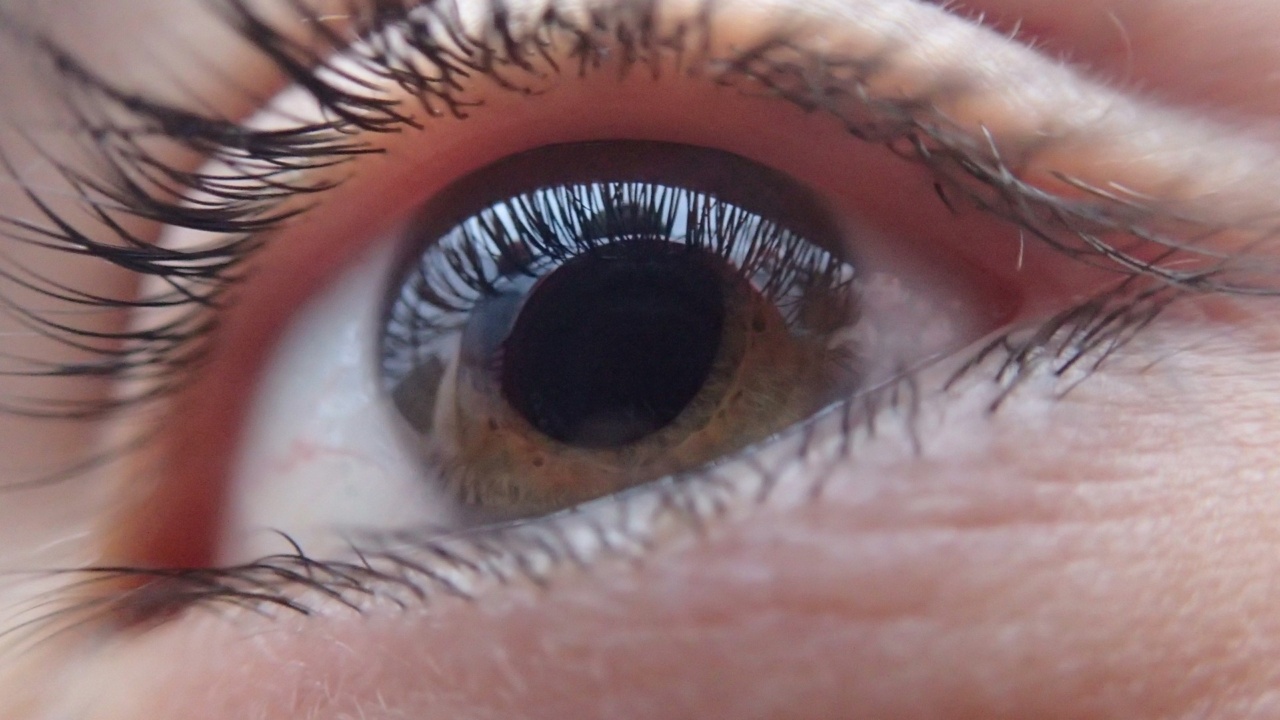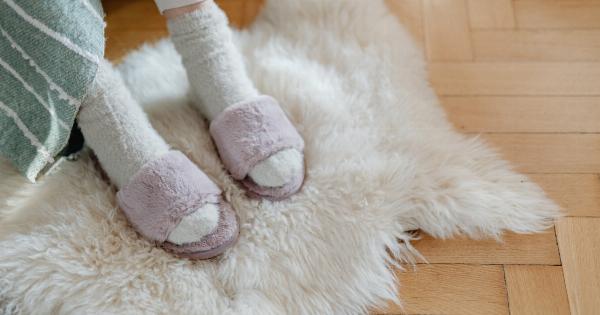Your skin is the largest organ in your body and its health is crucial for your overall well-being. It protects you from external factors such as heat, cold, sun exposure, and pollutants.
However, it can also be affected by various skin disorders that can cause redness, itching, pain, or swelling.
In this visual guide, we will go over some common skin disorders and their treatments.
1. Acne
Acne is a skin condition that occurs when hair follicles become clogged with oil and dead skin cells. It usually appears on the face, chest, back, and shoulders and is characterized by pimples, blackheads, and whiteheads.
Treatment:.
- Over-the-counter topical creams and gels containing benzoyl peroxide or salicylic acid
- Prescription medications such as retinoids, antibiotics, or oral contraceptives in severe cases
- Isotretinoin, a powerful medication for severe cases of acne
2. Eczema
Eczema is a chronic skin disorder that results in dry, itchy, and inflamed skin. It can affect any part of the body but is commonly seen on the face, hands, and feet. It is often triggered by environmental factors or allergies.
Treatment:.
- Moisturizers to prevent dryness
- Topical creams or ointments containing corticosteroids to reduce inflammation
- Calcineurin inhibitors as an alternative to corticosteroids
- Antihistamines to relieve itching
3. Psoriasis
Psoriasis is a chronic autoimmune disease that causes a rapid buildup of skin cells, resulting in thick, scaly patches on the skin. It can affect any part of the body, including the scalp, nails, and joints.
Treatment:.
- Topical creams containing corticosteroids, vitamin D3, or retinoids
- Light therapy using UVB or PUVA
- Oral medications such as methotrexate or cyclosporine in severe cases
- Biologic medications such as etanercept or adalimumab for moderate to severe cases
4. Rosacea
Rosacea is a common skin disorder that causes redness, flushing, and pimples on the face. It is often triggered by certain foods, alcohol, stress, or sun exposure.
Treatment:.
- Topical creams containing metronidazole, azelaic acid, or brimonidine to reduce redness and inflammation
- Oral antibiotics such as doxycycline or erythromycin to control bacteria and reduce inflammation
- Isotretinoin for severe cases
5. Melasma
Melasma is a common skin disorder that causes brown patches on the face, particularly on the forehead, cheeks, and upper lip. It is often triggered by hormonal changes, sun exposure, or certain medications.
Treatment:.
- Topical creams containing hydroquinone, retinoids, or azelaic acid to lighten the skin
- Chemical peels or microdermabrasion to remove the top layers of the skin
- Intense pulsed light (IPL) therapy to target the melanin pigment
6. Warts
Warts are small bumps on the skin caused by the human papillomavirus (HPV). They can appear anywhere on the body but are most common on the hands and feet. They are usually harmless but can be unsightly and contagious.
Treatment:.
- Over-the-counter topical treatments containing salicylic acid or imiquimod
- Cryotherapy using liquid nitrogen to freeze the warts
- Electrosurgery or laser surgery to remove the warts
7. Hives
Hives are raised, itchy bumps on the skin that can appear anywhere on the body. They are usually caused by an allergic reaction to food, medication, or environmental factors.
Treatment:.
- Antihistamines to relieve itching and reduce swelling
- Corticosteroids in severe cases
- Avoidance of triggers
8. Cold Sores
Cold sores are caused by the herpes simplex virus (HSV) and appear as small blister-like sores on or around the lips. They are highly contagious and can be triggered by stress, sun exposure, or illness.
Treatment:.
- Antiviral medications such as acyclovir or valacyclovir to speed up the healing process
- Over-the-counter topical cremes containing docosanol or benzyl alcohol
- Ice packs or cool compresses to relieve pain and swelling
9. Athlete’s Foot
Athlete’s foot is a fungal infection that affects the skin on the feet. It causes itching, burning, and redness, and can be spread from person to person or from contaminated surfaces.
Treatment:.
- Antifungal creams or ointments containing miconazole or clotrimazole
- Oral antifungal medications in severe cases
- Avoidance of sharing shoes, socks, or towels, and keeping feet dry and clean
10. Skin Cancer
Skin cancer is a malignant growth on the skin caused by exposure to ultraviolet (UV) radiation, particularly from the sun. It is the most common type of cancer and can be fatal if left untreated.
Treatment:.
- Surgery to remove the cancerous cells
- Radiation therapy to destroy the cancer cells
- Chemotherapy in advanced cases
- Preventive measures such as using sun protection, avoiding tanning beds, and checking your skin regularly for changes
Conclusion
Knowing the symptoms and treatment options for common skin disorders can help you take better care of your skin. Prevention and early detection are key to maintaining healthy skin and avoiding serious health issues.
Remember to consult a healthcare professional if you have any concerns about your skin health.
























